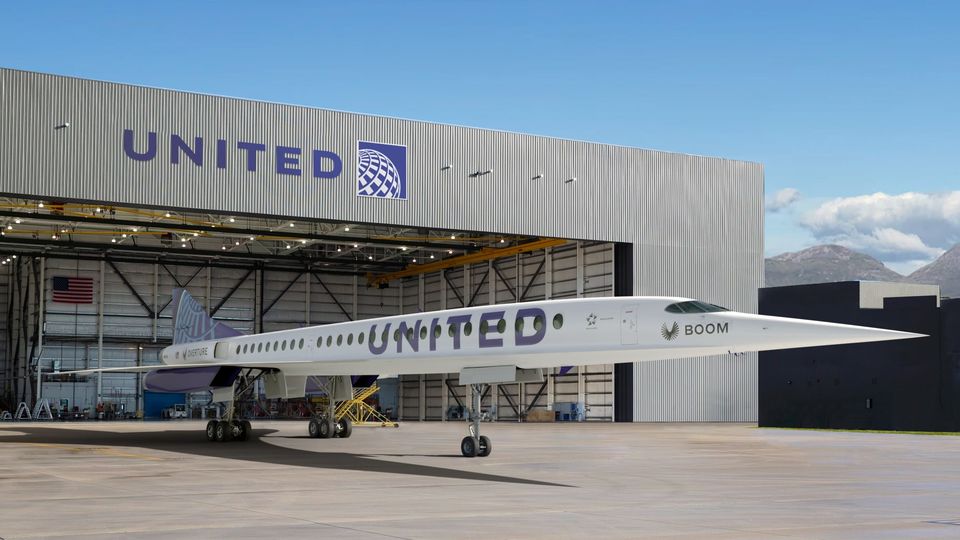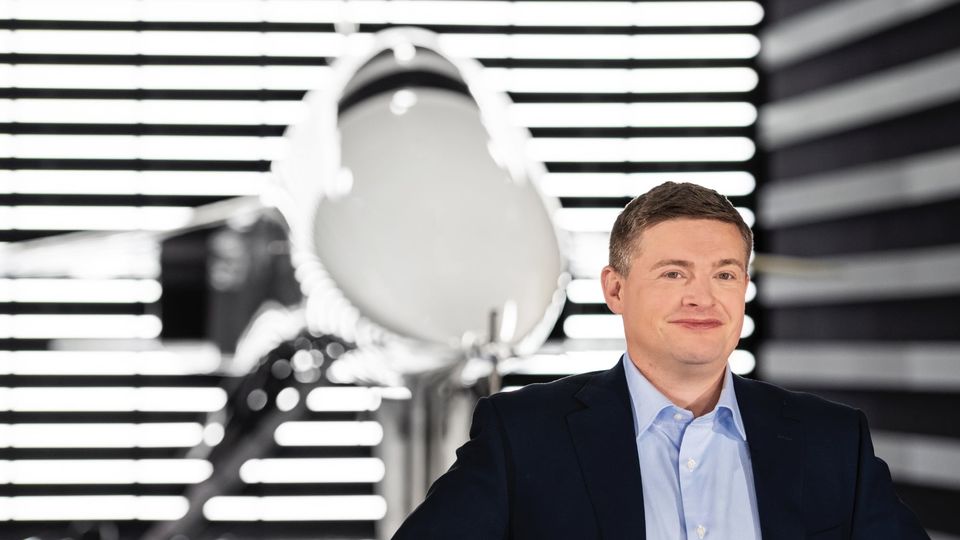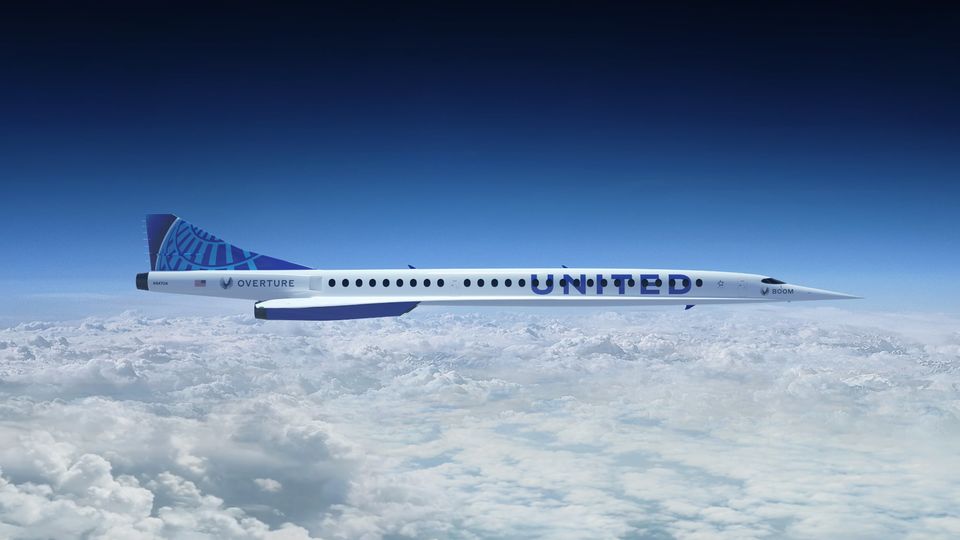Sydney to LAX in 9 hours? United’s $4bn bet on a supersonic future
United’s initial order for 15 Boom Overture commercial supersonic jetliners won’t start flying until 2029
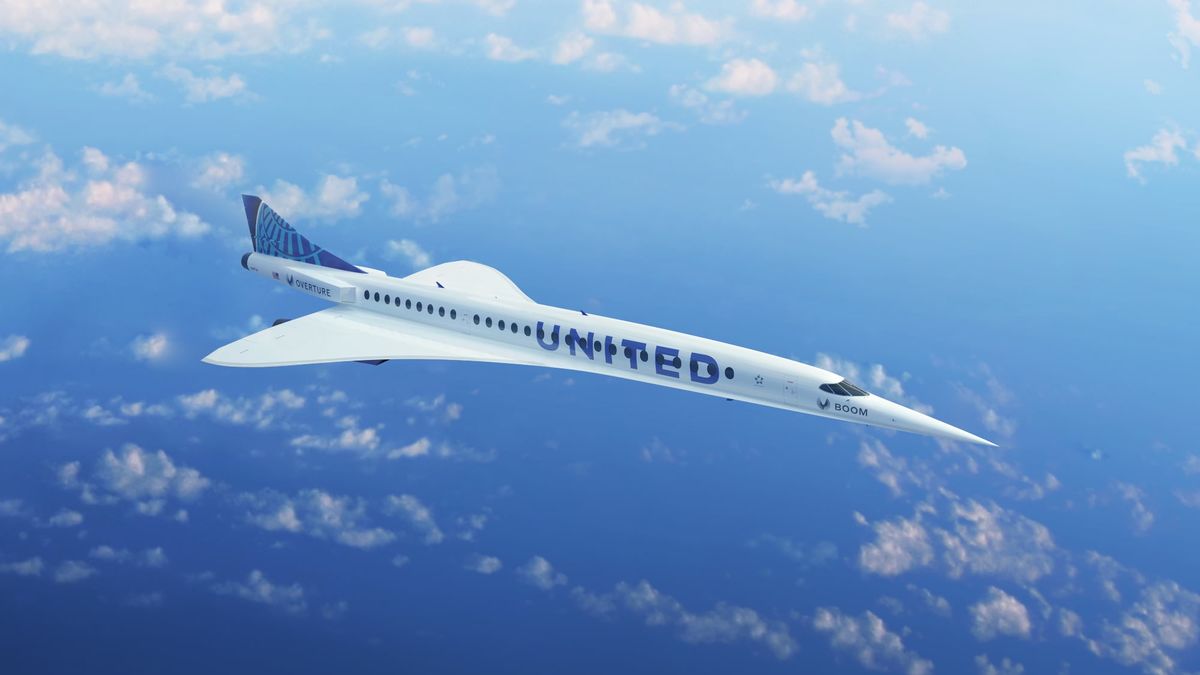
United Airlines is jumping into the potential market for supersonic travel with the first firm order for Boom Technology’s Overture aircraft, wagering that business flyers will pay top dollar for speedier trips across oceans.
The airline will buy 15 of the supersonic jets, which are expected to carry passengers in 2029, the companies said in a statement Thursday.
At US$200 million a plane, the deal is valued at US$3 billion at list prices and Boom doesn’t offer discounts, said Blake Scholl, the aircraft developer’s founder and chief executive officer.
United also took purchase options for 35 more planes, bringing its potential supersonic fleet to 50, and plans to be the debut operator of the Overture, which will be able to seat as many as 88 people.
The airline’s coastal hubs in leading business-travel markets make the jet “uniquely useful” for United, said Mike Leskinen, vice president of corporate development.
New York-London becomes a day trip
While supersonic flight is banned over land in the U.S., United sees 3.5 hour non-stop jaunts to London from New York, six-hour trips to Tokyo from San Francisco, and around eight hours between Los Angeles and Sydney (although such long trips would still require a stopover for refulling).
“It has a tremendous amount of value for a big chunk of our high-end business customers,” Leskinen said.
“We’ve got our eyes firmly on New York to London for inaugural service and we will evaluate opportunities beyond that.”
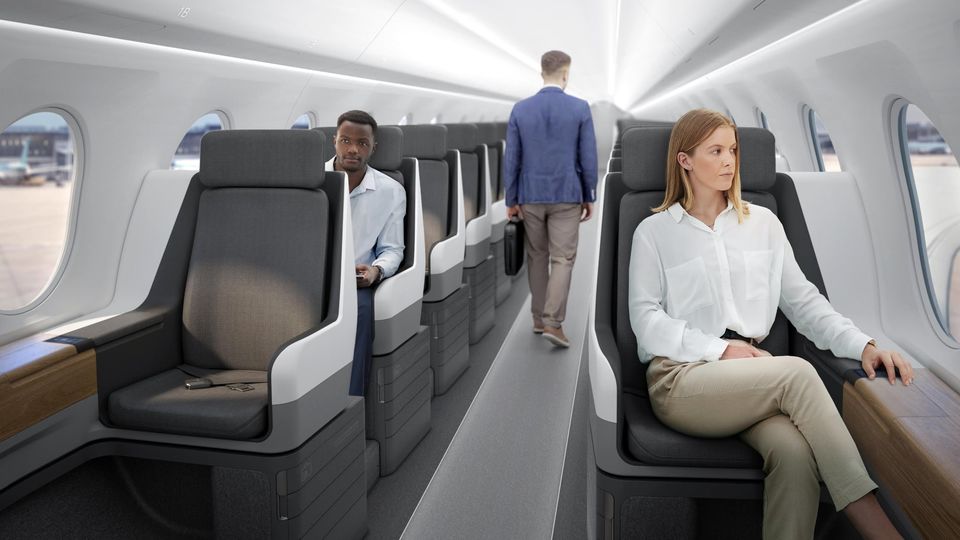
Boom is trying to surmount the aeronautical and financial challenges needed to bring back supersonic commercial flights for the first time since the demise of Europe’s Concorde in 2003. It’s still an uphill climb.
Boom has raised more than US$250 million so far, and development costs to make the Overture’s first flight a reality are projected to be as high as US$8 billion, Scholl said.
The company, based in suburban Denver, announced the landmark deal with United less than a month since the collapse of Aerion, which had amassed US$11 billion in orders for a planned supersonic business jet. Aerion said May 21 it was unable to secure adequate funding to continue.
United joins JAL, Virgin in backing Boom
For Boom, the United pact marks the first time a customer has made a cash deposit for the carbon-fiber Overture. Japan Airlines and Richard Branson’s Virgin Group have placed “pre-orders” for the aircraft, which essentially give them options to acquire the jet, Boom said.
United is confident in Boom’s path in getting “from point A to point B to point C” in the Overture’s development, Leskinen said. The Chicago-based airline declined to discuss financial details of the order.
The market for new supersonic aircraft could be US$160 billion by 2040, according to a December report by UBS Group analyst Myles Walton. The extra speed would be most alluring for business customers, but prices could be too high for some, Walton said.
At sea level, the speed of sound is 760 miles per hour (1,223 kilometers per hour). Overture jets will fly at around 1,300 miles per hour, or Mach 1.7, about twice as fast as conventional jetliners, according to Boom.
The cruising altitude of 60,000 feet will be higher than most other commercial air traffic. Like the Concorde, it will break the sound barrier only over oceans.
“I’ve done a lot of business trips around the U.S. that I make day trips – I can get back to see my kids that evening,” Leskinen said. “This will open up Western Europe to do the same.”
Rewriting supersonic economics
The Concorde flew for 27 years until 2003, cruising over the Atlantic at Mach 2, or more than 1,500 mph.
But because of its voracious appetite for fuel and high operating costs, only two airlines – Air France and British Airways – flew the aircraft routinely, and fewer than two dozen were built. The Overture will be 75% cheaper to operate, Scholl said.
Last year, Boom announced a collaboration with Rolls-Royce to design the propulsion system for the Overture by repurposing some of the British engine maker’s technologies.
The jet will be “optimized” to fly with 100% sustainable aviation fuel and have zero net carbon emissions, United said.
In October, Boom unveiled a smaller demonstration model, the XB-1, which the company expects to use for test flights beginning this year. That aircraft will be powered by older General Electric engines used on several fighter jets. Boom plans to begin Overture production in 2023.
“High speed is going to replace subsonic over long distances,” Scholl said. “This is about unlocking travel that we don’t have today.”
This article is published under license from Bloomberg Media: the original article can be viewed here
